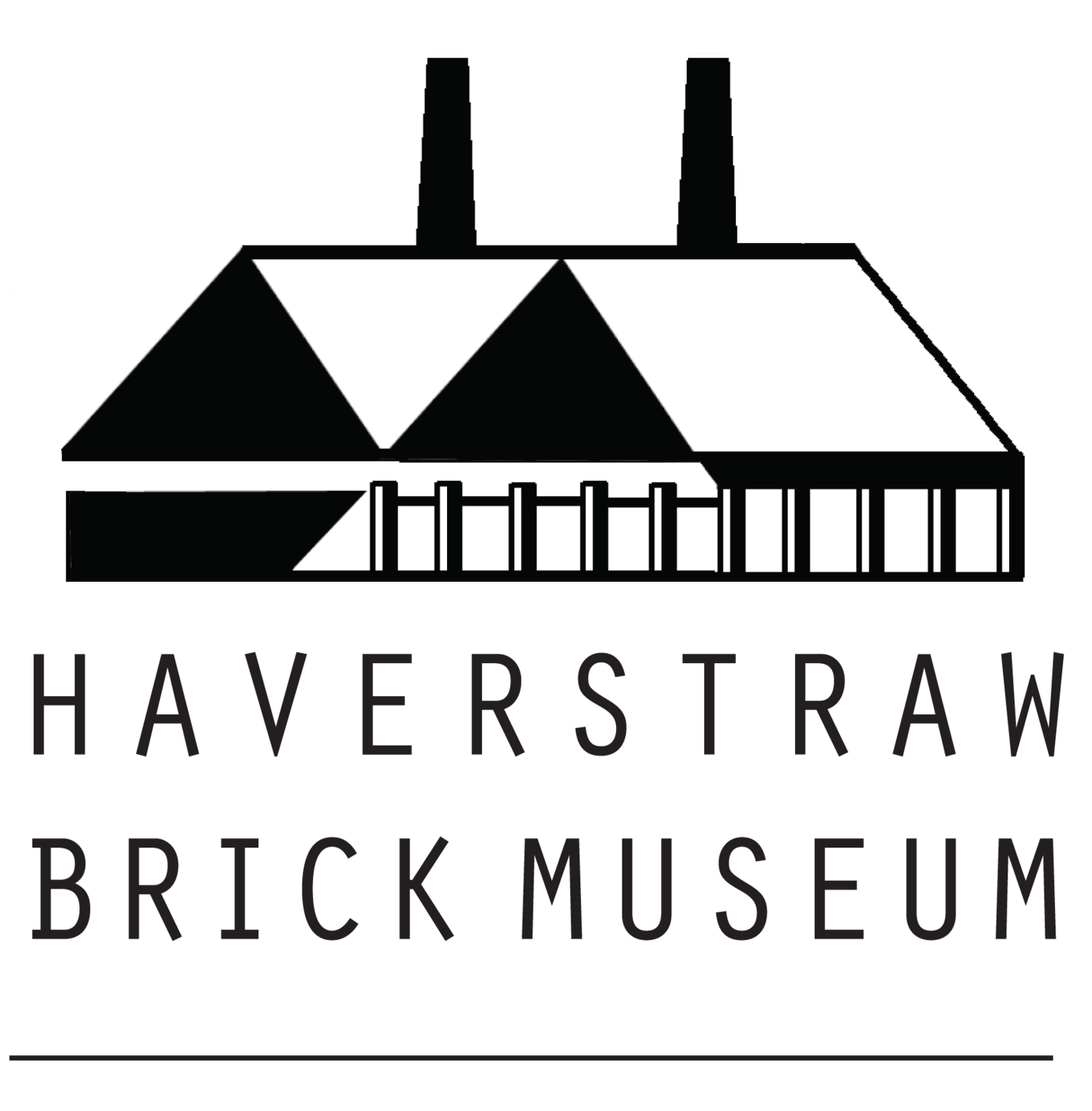Brick Transportation on the Hudson
The Hudson River—A Highway for Shipping
Haverstraw’s location and proximity to New York City gave the town a unique advantage — enabling brickyard owners to provide brick for the explosive growth and development of buildings in the city in from the mid 1800’s to 1900’s. Through the 1880’s bricks were shipped on the decks and holds of sail-driven sloops and schooners. A schooner could carry approximately eighty thousand bricks. However with the advent of steam-powered tugboats, brick transportation changed dramatically.
Tugboat Solicitor owned by Captain Charled Wieant of Haverstraw, Cornell Steamboat Co. Haverstraw Brick Museum Archives.
The advent of steam-powered tugboats in the 1880’s, provided greater speed to upriver brickyards and Haverstraw soon lost its advantage. Large capacity barges or scows could carry 300,000-350,000 bricks at a time. These were often assembled into large groups of twenty to thirty barges connected together into “tows.”
In 1884 the Haverstraw brickyard owners began to invest heavily in steamboat barges to bring bricks to the New York City docks on west 52nd Street in order to compete with the upriver brickyards.
The Margaret M loaded with Brick for NYC, Haverstraw Brick Museum Archives.
Patrick Brophy brothers unloading bricks at pier 52 in NY, circa 1906, Haverstraw Brick Museum Archives.
The Brick Barge Community
The brick barge was a strong community with a crew of six men unloading bricks at the dock at 52nd Street. This was supervised by the Captain and his family who often lived on-board the barge.
Barges frequently left the brickyard with no defined market price for the bricks to be sold. As Daniel De Noyelles described in his book “Within These Gates”, It was up to the Captains to negotiate the best price for the bricks. Captains were usually co-owners of the barges with Haverstraw brickyards and earned a percentage of sales for the cargo they carried. Tugboats became a way of life on the Hudson, with Captains ferrying more than just bricks. According to De Noyelles, sometimes in the summer months the Captains hooked up an empty barge to their boats to ferry the Haverstraw baseball team south to Nyack or north to Peekskill.






